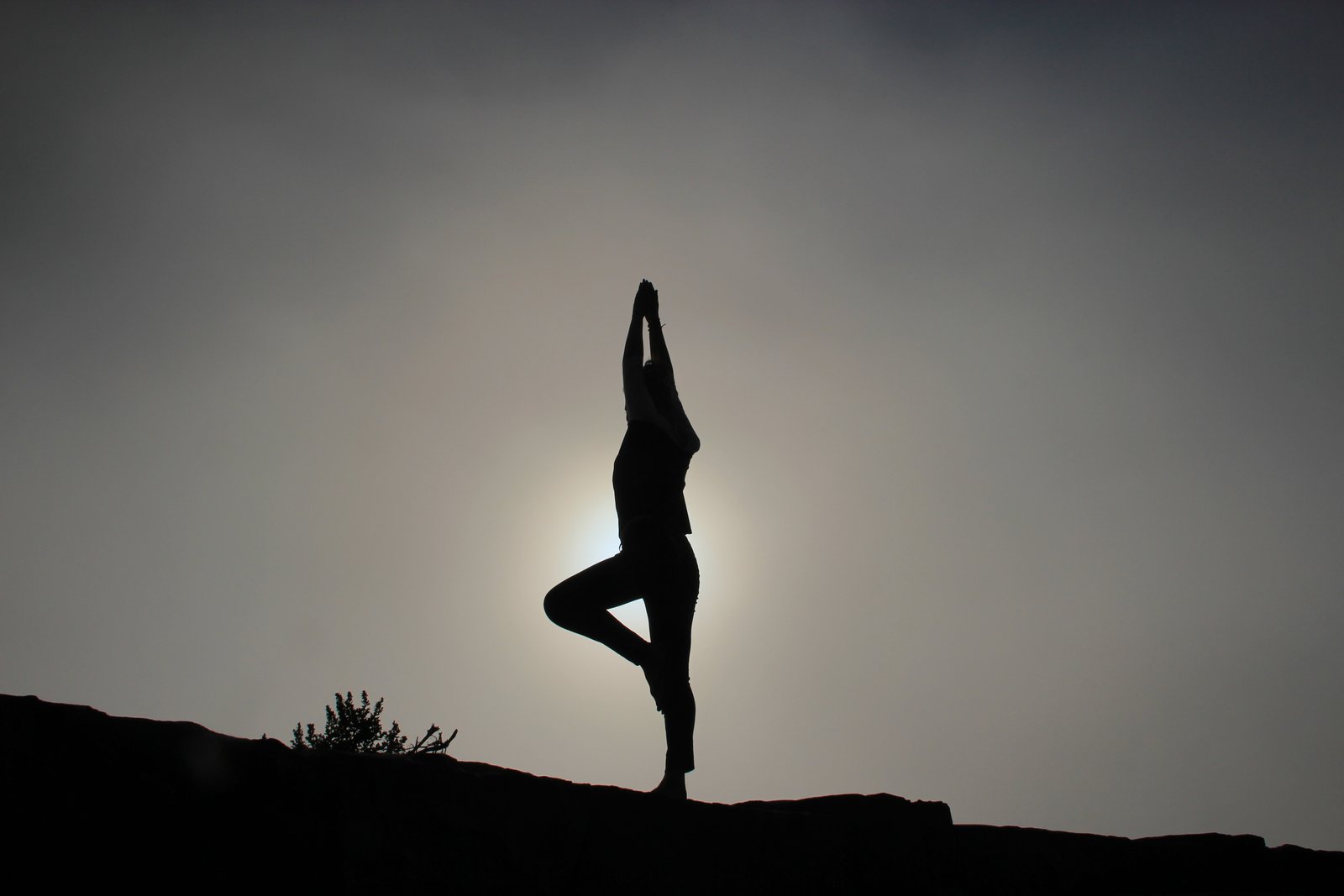Introduction
Welcome to the fascinating world of Tibetan Dream Yoga! In this guide, we will explore the mysteries and practices of this ancient tradition that has captivated the minds of many seekers throughout history. Whether you are a beginner or have some experience with meditation and lucid dreaming, this article will provide you with essential insights and techniques to embark on your own dream yoga journey.
What is Tibetan Dream Yoga?
Tibetan Dream Yoga is a spiritual practice that originated in the Tibetan Buddhist tradition. It is a method for exploring the nature of reality and consciousness through the medium of dreams. Dream yoga combines elements of meditation, mindfulness, and lucid dreaming to cultivate awareness and insight in the dream state.
According to Tibetan teachings, dreams are not mere illusions but rather a window into the true nature of existence. Through dream yoga, practitioners aim to awaken within the dream, gaining control over their experiences and using them as a means for spiritual growth and self-discovery.
Now, let’s delve deeper into the fascinating mysteries of Tibetan Dream Yoga.
The Three Stages of Dream Yoga
Dream yoga can be divided into three stages: preparation, transformation, and liberation.
Preparation
The preparation stage involves cultivating mindfulness and awareness in our waking lives. This includes practices such as meditation, self-reflection, and keeping a dream journal. By developing these habits, we become more attuned to the subtle aspects of our experiences, making it easier to recognize the dream state when we enter it.
Additionally, it is important to set clear intentions before sleep. By affirming our desire to practice dream yoga and gain insights from our dreams, we create a strong foundation for our journey.
Transformation
In the transformation stage, we learn to recognize and work with the dream state itself. This involves techniques to induce lucidity, such as reality checks, visualization, and mantra recitation. Once lucid, we can begin to explore and experiment within the dream, cultivating awareness and deepening our understanding of the mind’s potential.
During this stage, it is common to encounter challenges and obstacles, such as fear or the tendency to get caught up in the dream narrative. Through practice and perseverance, we develop the skills to navigate these challenges and maintain lucidity.
Liberation
In the final stage of dream yoga, the goal is to transcend the limitations of the dream state and awaken to the true nature of reality. This stage is often described as the union of dream and waking, where the boundaries between the two dissolve, revealing the underlying unity of all experiences.
Through the practice of dream yoga, we learn to recognize the illusory nature of both dreams and waking life, leading to a deeper understanding of the nature of reality and the true self.
Benefits of Tibetan Dream Yoga
Tibetan Dream Yoga offers a wide range of benefits for both spiritual seekers and those interested in personal growth and self-exploration.
Enhanced Self-Awareness
By cultivating mindfulness and lucidity in the dream state, we gain a deeper understanding of our own thoughts, emotions, and patterns of behavior. This increased self-awareness extends into our waking lives, allowing us to make more conscious choices and live with greater authenticity.
Exploration of Consciousness
Through dream yoga, we have the opportunity to explore the vast realms of consciousness beyond our ordinary waking state. This opens up new possibilities for personal growth, creativity, and spiritual insights.
Healing and Integration
Working with dreams can provide a powerful tool for healing unresolved emotions, traumas, and conflicts. By engaging with the dream symbols and narratives, we can gain insights and perspectives that lead to greater healing and integration.
Spiritual Awakening
For those on a spiritual path, dream yoga can be a profound tool for awakening to the true nature of reality. By directly experiencing the illusory nature of dreams and waking life, we can transcend limited beliefs and concepts, leading to a deeper sense of interconnectedness and spiritual awakening.
Conclusion
Tibetan Dream Yoga is a rich and transformative practice that offers a unique approach to self-discovery and spiritual growth. By exploring the mysteries of the dream state, we can gain profound insights into the nature of reality and consciousness.
Whether you are a beginner or have some experience with meditation and lucid dreaming, incorporating dream yoga into your practice can open up new dimensions of awareness and personal growth. So, why not embark on this incredible journey and unlock the mysteries of Tibetan Dream Yoga?
